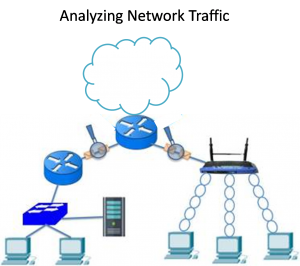Small Network Growth

Network Growth is a natural process, like other businesses; it must grow with time. Many larger companies start as small companies. The world-leading Microsoft company began with two people. A strategic plan will help you develop your company. Ideally, the network administrator has much time to make intelligent decisions about network growth in sequence with the company’s development. The following elements are essential for deciding when scaling a small network into an extensive one.
Network documentation – diagram of the physical and logical topology
Device inventory – The list of devices included in the network
Budget – itemized IT budget, including fiscal year equipment purchasing budget
Traffic analysis – protocols, applications, services, and their respective traffic requirements, e.g. bandwidth and disk/storage capacity, should be documented and planned.
Network segmentation requirements. Based on performance, Security, Management, and availability requirements.
Protocol Analysis
When network growth is in progress, it is important to understand the type of traffic that will be crossing the network, including current traffic flow. If the types of traffic are not known, a protocol analyzer can help recognize the traffic and its source.
During peak hours, try to capture the network traffic to determine the traffic types. Also, perform capture on different network segments to better understand. The figure below illustrates the network analyzer for different segments.
The protocol analyzer analyses the bases of its source and destination and the type of traffic sent to the destination. The analysis can be used to decide how to manage the traffic efficiently when relocating a server.
Employee Network Utilization
During Network Growth, a network administrator must understand how network usage will change. In addition to understanding changing traffic trends, a network administrator must know how network use changes.
The small network administrator can get “snapshots” of employee applications used for an essential part of the employee workforce occasionally. These snapshots may contain information about:
- Operating System and its version
- Both Network and Non-Network work application
- CPU, Drive and RAM Utilization

